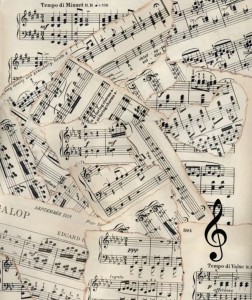Share: Starting from Zero to Talk About Rock (Part 30): Glam Metal (Part 1)
In our last two articles, we revisited the dazzling rise and swift fall of glam rock in the 1970s—a genre known for its theatrical stage presence. Though its golden age was short-lived, its impact on rock performance aesthetics was far-reaching.
Glam metal can be seen as an evolutionary branch of glam rock. Its foundational influences include Alice Cooper, Cheap Trick, Kiss, The New York Dolls, and Van Halen.
On Los Angeles' Sunset Strip in the late 1970s, glam metal began taking form. Bands like Mötley Crüe, Ratt, Quiet Riot, Stryper, Bon Jovi, and Dokken became early representatives. Through the 1980s and into the early 1990s, glam metal surged in popularity.
During this era, bands such as Poison, Skid Row, Cinderella, and Warrant became mainstream icons. Visually, glam metal borrowed heavily from glam rock—featuring glittering outfits, bold makeup, voluminous hairstyles, and signature leather and metal accessories.

From Poison's stage attire, we can clearly see glam rock's stylistic legacy.
Musical Style
Musically, glam metal fused traditional heavy metal with elements of hard rock and punk, all wrapped in catchy pop melodies. This blend earned it the nickname "pop metal." It adopted metal's flashy guitar solos and layered harmonies, often culminating in emotional power ballads with rich, theatrical arrangements.
Lyrically, glam metal gravitated toward themes like romance and desire—topics rarely emphasized in traditional heavy metal. This pivot made the genre more relatable and accessible, significantly boosting its commercial success and inspiring many fans to explore rock sheet music through simplified transcriptions and easy sheet music resources.
The Rise of Grunge and Glam’s Decline
By the 1990s, glam metal's popularity began to wane. A new, more grounded genre—grunge—captured the mainstream. Grunge was everything glam was not: raw, understated, and introspective.
Still, the 1980s remain glam metal's golden age—a time when metal embraced emotional depth and visual drama.
Glam Metal's Origins
Glam metal’s roots go back to Aerosmith, Kiss, Boston, Cheap Trick, and The New York Dolls, with Kiss having the most enduring influence.
Finland’s Hanoi Rocks, inspired by The New York Dolls, played a pivotal role in shaping the genre’s image. Van Halen’s electrifying performances on the Sunset Strip, especially in 1978, helped define the sonic template that many future glam metal bands followed.
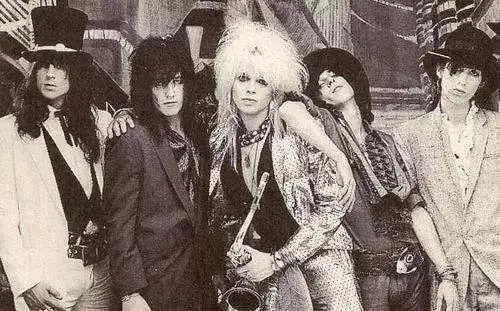
That same year, Van Halen released their self-titled debut, featuring the iconic track “Eruption,” which revolutionized guitar technique with its use of two-handed tapping. Many aspiring guitarists later attempted to master these solos with the help of rock sheet music and detailed piano notes transcriptions.
1980s Boom
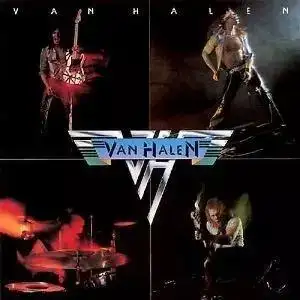
In July 1981, Def Leppard released High 'n' Dry, blending NWOBHM energy with glam's accessible edge.
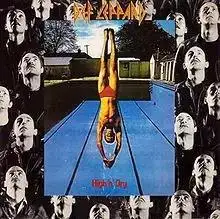
Mötley Crüe's Too Fast for Love debuted in September 1981. Initially self-released with only 900 copies, it gained traction after being picked up and remixed by Elektra Records. Its homage to The Rolling Stones' Sticky Fingers became iconic. In 2017, Rolling Stone ranked it 22nd in their list of “The 100 Greatest Metal Albums of All Time.”
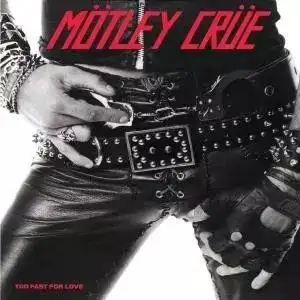
Dokken launched Breaking the Chains around the same time, releasing it first in Germany before bringing it to the U.S. in 1983. Their sound leaned toward a harder glam metal style.
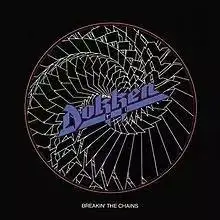
Kix's self-titled debut, also from 1981, brought a tongue-in-cheek, high-energy approach. Tracks like “Atomic Bombs” and “The Kid” set the tone for their playful yet intense image.
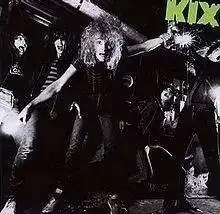
Night Ranger followed in November 1982 with Dawn Patrol. Their track “Don’t Tell Me You Love Me” hit No. 4 on Billboard’s Mainstream Rock chart, aided by MTV airplay.
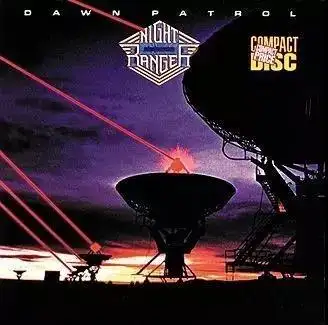
The Glam Metal Explosion
March 1983 marked a milestone with Quiet Riot’s Metal Health, the first glam metal and heavy metal album to top the Billboard 200. It sold six million copies, proving that glam could dominate the mainstream.

October brought Night Ranger’s follow-up Midnight Madness, featuring the hit “Sister Christian.”
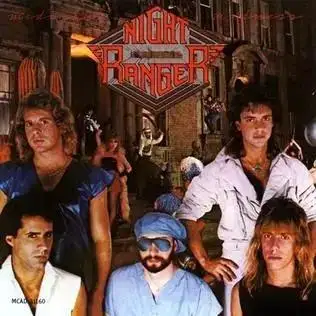
In December, Mötley Crüe released Shout at the Devil. It showcased a more polished and aggressive sound, featuring fan favorites like “Looks That Kill.” While critics debated its artistic merit, many students of piano online lessons still explore its melodies via simplified rock sheet music versions.

Def Leppard’s Pyromania dropped in February 1983, signaling a shift toward mainstream-friendly glam.
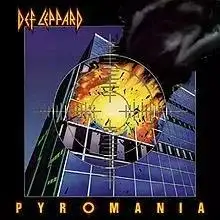
Kix followed up with Cool Kids in March, a more pop-focused effort, though “For Shame” remained a heartfelt standout.
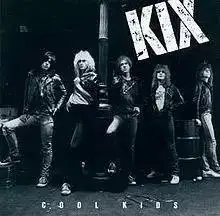
After The Runaways disbanded, Lita Ford launched a solo career in May with Out for Blood, further cementing glam metal’s female presence.
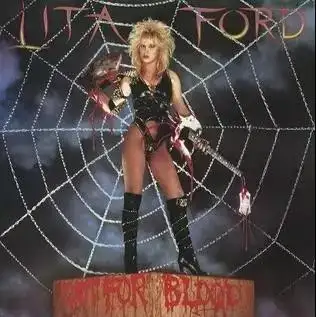
September saw the release of Kiss’s Lick It Up. While nearly all glam metal bands revered Kiss, the band struggled in the 1980s until their no-makeup reveal on MTV. That moment reinvigorated interest and allowed them to ride the glam metal wave with a pop rock twist.
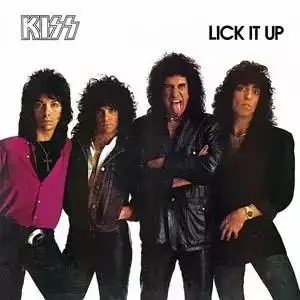
FAQs
Q1: How can glam metal be a good entry point for beginners learning rock music?
A: Glam metal’s catchy melodies and strong rhythms make it ideal for newcomers using rock sheet music or easy sheet music. Many songs feature repeatable patterns, which are perfect for developing confidence.
Q2: Are glam metal solos too complex for piano learners?
A: Not at all! Many famous solos have been adapted into simplified piano notes and exercises for those taking piano online lessons, allowing learners to enjoy iconic riffs in accessible forms.
Q3: What makes glam metal different from other rock genres in terms of musicality?
A: Glam metal blends theatrical flair with structured pop melodies and emotional expression. This fusion of drama and harmony offers a unique experience for anyone studying rock sheet music or exploring the emotional range of music.

